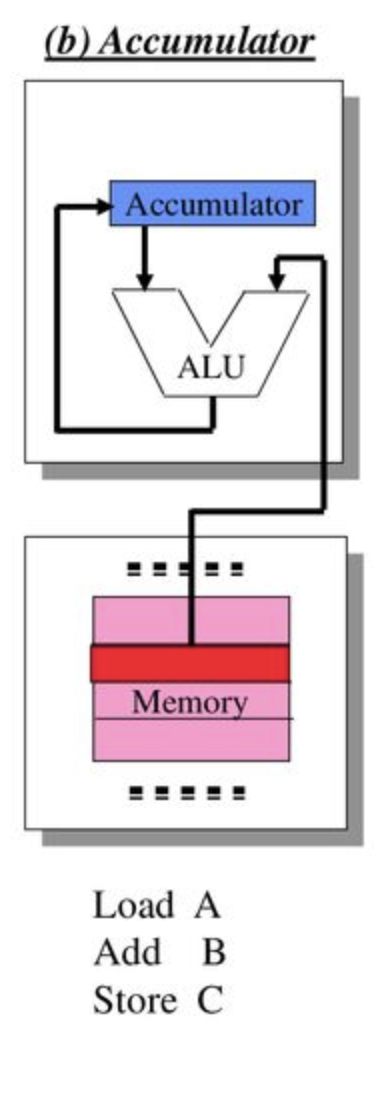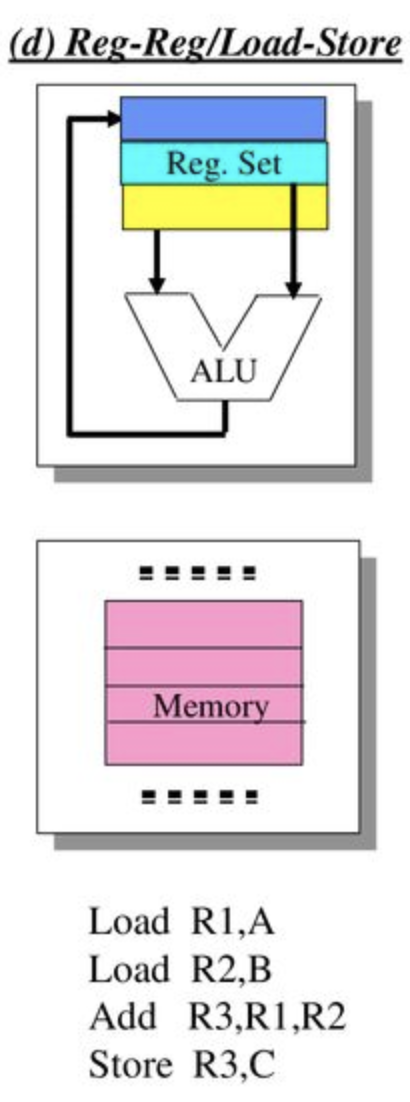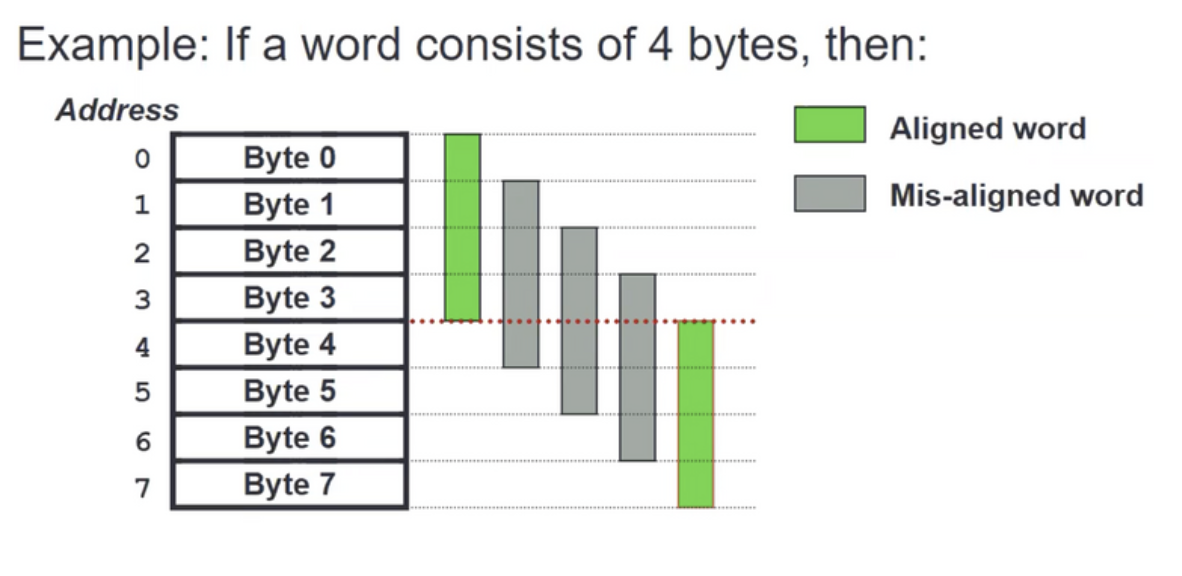Abstract
- A set of Instruction which contains Opcode & parameters that tells CPU what to do in the form of 0s and 1s. You can check the ISA of a machine using
uname -mp
Portability
The exact hardware implementation of different CPU can vary but app written for a particular ISA like X86 can be run on all the CPU that implements the X86. The ISA functions like a standard that different hardware implementations need to follow, so software has a common interface to work with different CPUs.
Think of the CPU implementation as the logic inside a function, and the ISA specifies the inputs and outputs of the function.
Important
There are two types of ISA, RISC and CISC. Both don’t decide the performance of CPU. CPU Cache and Branch Prediction are two main factors that determine the CPU performance.
“What limits computer performance is predictability” - Jim Keller
RISC
- Stands for Reduced Instruction Set Computer
- Instruction in RISC is like all the unique lego pieces that can be used to get CPU to carry out one operation. Unlike CISC which provides pieces built with unique lego pieces that can be used to get CPU to carry out multiple operation to complete a particular task. Thus, RISC has fewer possible Instruction
- Doesn’t perform any Operation directly on Main Memory
Simpler decoder
Fixed-length Instruction. For ARM, all the instructions have a length of 4 bytes. So the decoder know there is a new instruction after every 4 bytes, no extra logic is needed to determine if it is processing a new instruction.
Tedious
More complicated tasks require programmers to use more instructions to achieve. However, with modern Compiler, programmers code in high-level languages like C, this isn’t an issue anymore.
Power-Efficient
Needs fewer Transistors (晶体管) to perform simple task.
Common RISC
aarch64 / arm64
- Modern, 64-bit ARM processors
arm / armv5l
- Older 32-bit ARMv5 processors. Less common in modern devices
armv7l
- Targets 32-bit ARMv7 processors
RISCV
- A standard that is competing with arm
MIPS
- Refer to MIPS, usually used for educational purposes
CISC
- Stands for Complex Instruction Set Computer
- Instruction in CSIC is like pieces built with unique lego pieces that can be used to get CPU to carry out multiple operation in one single instruction to complete a particular task. Unlike RISC which only provides unique lego pieces that can be used to get CPU to carry out one operation at a time. Thus, RISC has fewer possible Instruction
Takes less resources to build applications
First, the programmers can code faster with complex instructions, because each instruction is able to do multiple things, you can think of it as a small function. Second, since one instruction is able to do multiple things, less instructions are needed, thus less usage on the Main Memory.
However, thanks to Compiler, programmers seldom code in complex instructions anymore. And with modern Main Memory, the space saved with CISC isn’t significant anymore.
More complex decoder
Variable-length Instruction. For x86, the length of instructions range from 1-15 bytes. So the decoder needs extra logic to determine if it is processing a new instruction. However, we can make use of micro-op to handle this.
Requires more transistors
The design of CPU needs to be complex to achieve complex computation with fewer Instruction, so less Transistors (晶体管) can be used improve overall computing performance. Thus, more power-hungry, and more wasted power when performing simple instruction.
Common CISC
X86
- Developed by Intel
x86-64
- The 64bits version of X86
AMD64
- 64-bit extension of the x86, created by AMD
i486
- A 32-bit x86 processor released by Intel in 1989, very outdated and mostly found in retro computing or embedded systems with minimal requirements.
i686
- Intel’s 6th generation x86 processor introduced in 1995. It designates a baseline of features present in most modern x86 processors (both Intel and AMD)
Accumulator ISA

load A: Load value from Main Memory into accumulatoradd B: Add value from Main Memory and value in the accumulator. The sum is stored back to the accumulatorstore C: Store value in accumulator into Main Memory
Load-Store ISA

- Also known as Register-Register ISA
- The data is decoupled from the Register to Main Memory
Data Loading
Can only load data at Word boundaries.
Memory-Memory ISA

Stack ISA

push A,push B: We load values from Main Memory onto the Stackadd: Remove the top 2 values in the Stack, add them, and load the sum onto top of Stackpop C: Transfer value at top of Stack to Main Memory

